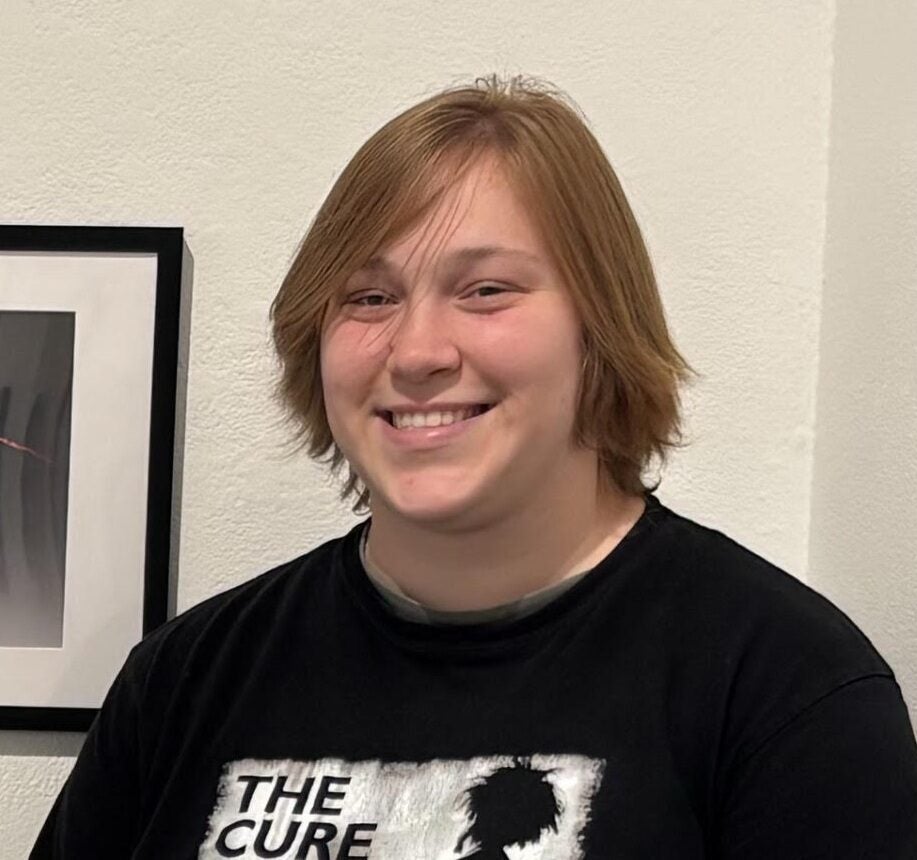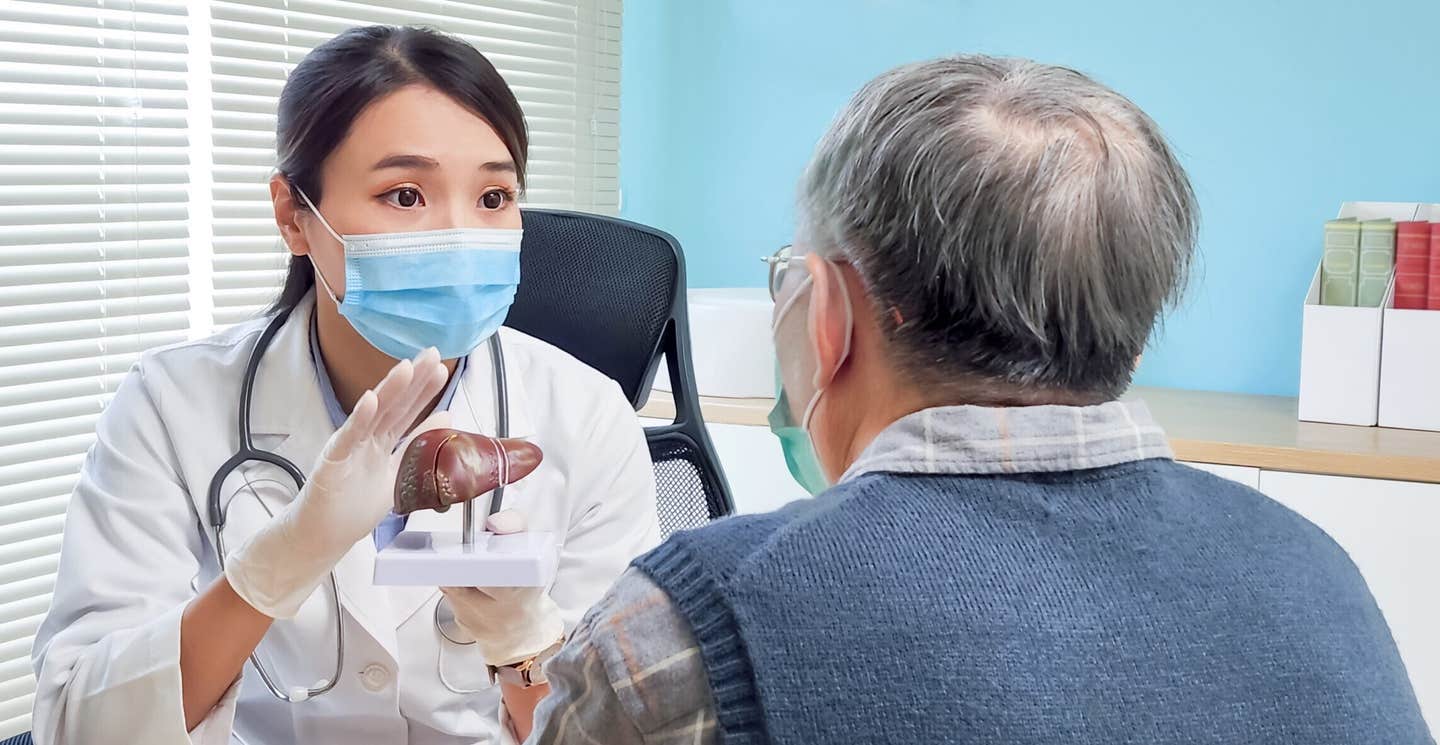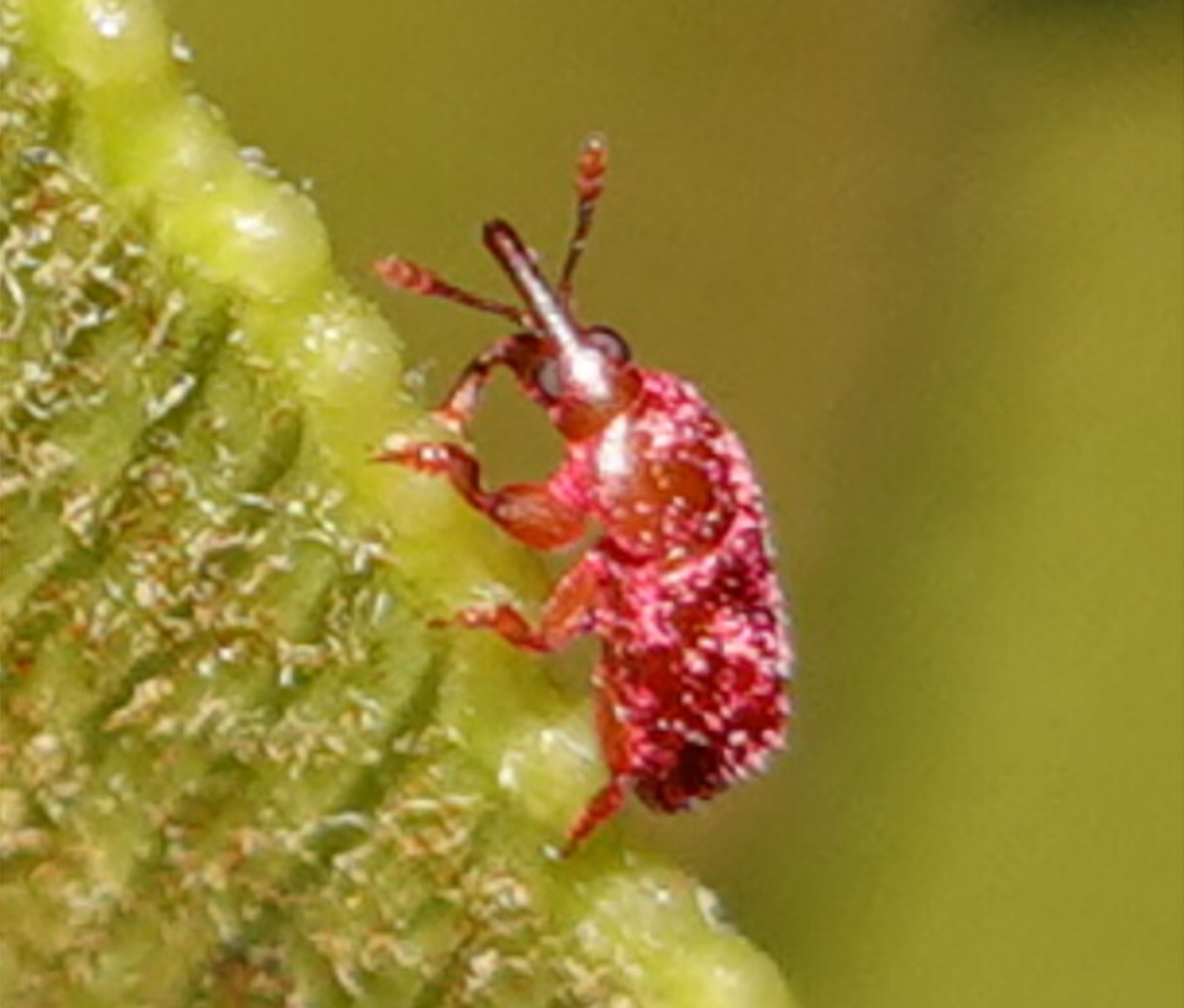Sugar-coated stem cells heal damaged livers — replacing transplants
Researchers have found a way to coat liver stem cells with sugar, helping them stick better and repair damaged tissue without a transplant.

 Edited By: Joseph Shavit
Edited By: Joseph Shavit

A new method using sugar-coated stem cells could improve liver disease treatments and reduce the need for organ transplants. (CREDIT: Shutterstock)
A new method developed by scientists could soon make liver disease treatment easier and more effective—without a transplant. In cell therapies, researchers are constantly searching for new methods of repairing disease-scared organs.
One interesting direction is the use of hepatic progenitor cells (HPCs), a type of stem cell that can become liver cells. These cells hold huge promise to replace damaged liver tissue. But they don't bind well to the liver upon being introduced into the body.
A Sticky Solution to a Serious Problem
A team at the University of Birmingham, in collaboration with InSphero AG, Switzerland, has devised a novel solution. They added a natural sugar coating to the surface of the HPCs—polysaccharides like hyaluronic acid and alginate—to cause the cells to bind more to liver tissue. The coated sugars made the cells bind without changing their genes or interfering with how they function.
This procedure improved the capacity of the HPCs to adhere to liver tissue cells and blood vessel cells. Coated cells, under experiments in lab conditions mimicking real body conditions, stuck much more strongly than uncoated cells. They adhered tightly to liver microtissues and endothelial cells, which line the inner surfaces of blood vessels.
More encouraging yet is that the sugar-coated HPCs not only stuck around better—they also extended out and started to organize into structures that help them anchor and communicate with new environments. These advances suggest that the cells will be more likely to take up residence in place, live, and start to repair damaged tissue.
Avoiding Genetic Modification
The technique used by the researchers is known as metabolic oligosaccharide engineering, or MOE. Rather than disrupting the cells' DNA, MOE manipulates the chemical make-up of their exterior surface so that scientists can incorporate beneficial sugars like hyaluronic acid. The surface modification improves the cells' demeanor without permanently changing them.
Dr. Maria Chiara Arno, lead author of the research, explained the importance of doing so. "Liver transplants are the sole hope for many serious liver illnesses, yet there are not enough donor livers to share," she stated. "This new method could provide a second option by enhancing cell therapy and treating many with liver illness."
The use of MOE gives coated HPCs a temporary edge. The coatings are temporary—they last only long enough to help the cells settle into their new environment after transplanting. When the job is done, the sugars break down naturally, and the cells can just carry on as regular liver cells.
Increasing Cell Adhesion and Function
They found that the sugar coatings had another advantage. The sugar coatings increased the production of integrins, which are unique proteins that assist cells in attaching themselves to and engaging with their environment. This is crucial for the cells to remain in their positions and begin carrying out critical functions, such as producing proteins the body requires.
The findings also showed that the sugar-coated HPCs remained viable and were still able to mature into functioning liver cells. Their ability to synthesize central proteins was still preserved, so the sugar coating did not impair the cells' main function.
Also, the coating caused the HPCs to selectively bind to different types of tissues. They showed a tendency to bind with some proteins that are found in liver tissue and blood vessel walls. This specificity would help enhance the chances of the cells getting deposited at the right place upon injection into the body.
Looking Toward Future Treatments
This breakthrough could be a step toward new treatments for those who live with advanced liver diseases. While entire organ transplants are still the only treatment for most advanced liver disease, cell-based therapies like this are promising.
By making therapeutic cells adhere and survive more effectively, researchers are opening a gateway to treatments that can ultimately eliminate or reduce the need for transplants. Dr. Arno noted the wider potential of the technique. "We believe this method has the potential to be adapted for other cell types," she said. Future studies will explore how this technique affects long-term cell health and immune system response.
The promise reaches beyond the liver. If the sugar-coating strategy works with other forms of stem cells, it could drastically change the way scientists are able to heal damaged tissues across the body—everywhere from the heart to the nervous system.
Cell therapies are already generating buzz for their potential in cancer treatment, especially with CAR T-cells. But when the target is tissue regeneration, the technology has lagged. One of the issues has been poor cell engraftment, where injected cells fail to adhere and disappear quickly. This study solves that problem head-on by showing how to make the cells stick where they need to.
While the world continues to need more organ transplants than it can provide, there arises an even greater demand for alternative solutions. This research takes us one step closer toward a day when an ailing liver would be healed not by transplant, but by a carefully crafted dose of therapeutic cells—preferably engineered to stick around, stay, and mend.
Research findings are available online in the journal Communications Biology.
Related Stories
- Common dry cleaning chemical linked to liver disease
- Researchers develop smart nanoparticles to successfully treat liver disease
- Simple blood test can predict risk of severe liver disease years in advance
Like these kind of feel good stories? Get The Brighter Side of News' newsletter.
Mac Oliveau
Science & Technology Writer
Mac Oliveau is a Los Angeles–based science and technology journalist for The Brighter Side of News, an online publication focused on uplifting, transformative stories from around the globe. Passionate about spotlighting groundbreaking discoveries and innovations, Mac covers a broad spectrum of topics—from medical breakthroughs and artificial intelligence to green tech and archeology. With a talent for making complex science clear and compelling, they connect readers to the advancements shaping a brighter, more hopeful future.



